Children's Book Study: Animals!
Prep for Art Gym Tomorrow - Are you signed up?
Hi everyone!
Tomorrow and I are hosting our first Art Gym Workshop of the year! We’ll be drawing animals, which is always tons of fun and also super marketable.
Here’s a bit about tomorrow’s workshop, along with the button to sign up:
January’s Art gym workshop which will all be about drawing anthropomorphic animals or animal characters.
We’ll take you on a journey of different ways to capture animal likeness while giving animal characters human traits (and costumes). We’ll study how some of the greats have successfully achieved this, then try to create some of our own.
Animal characters are so in demand in Children’s Picture books. They also look great on cards, and can help convey certain messages for editorial illustrations and even comics.
Let’s Study Kids Books to Prepare for Art Gym!
In preparation for the Animals Workshop tomorrow, I’ve gathered some picture books that we can study. I set two parameters for the books we’ll look at today:
Books that feature animal characters.
Books that are Caldecott contenders. (The winners are announced next week!)
The Caldecott Medal is for the best illustrated children’s book published in the US during the previous year (2024), which means we’ll get to take a look at work by some fabulously talented illustrators. We’ll notice how they have chosen to illustrate various animals from dogs to dragons. So, let’s get into it!
Horses (and a unicorn✨)
Below there are two book covers— one with horses and one with a unicorn. Take a moment to study and look closely at the animals.
What did you notice? If your thoughts followed a similar path as mine, you may have noticed that the horses are very naturalistic and the unicorn is very stylized. They’re almost opposite styles!
The very cool part about these two covers being opposite styles is that both are Caldecott contenders. The naturalistic and the stylized artwork could both win. When I started as an illustrator, I remember having to consciously dismiss the idea that “good art” had to be representational or realistic. So it’s nice to see these examples together to show that however we draw animals is perfect. There is no right or wrong way to represent them in children’s books.
But how do we choose which way to represent animal characters? Should they be more realistic or more stylized? Well, the most important part is that the animal has to fit the story, and that’s something we’ll be discussing in Art Gym tomorrow.
Take-away: Animals can be stylized, naturalistic or anywhere in between. Picture books are the perfect canvas for experimenting with characterizing animals.
Dogs
Just like before, take a moment to look at the dogs on these three covers:
What did you notice? There’s so much to observe in these covers! I’ll share my thoughts below, and I’d love to hear your ideas in the comments.
I love the colorful accents in Dalmartian and Joyful Song. Actual dogs aren’t green or pink or purple, yet the illustrators of the books (Lucy Ruth Cummins and Susan Gal) chose to add some fun pops of color. That makes the artwork feel joyful and playful, perfect for a kids book.
And in the first example, which is the cover of Two Together by Brendan Wenzel, I see Wenzels’ trademark style with lots of thick texture and chunky shapes. I mean look how big that dog’s nose is! The nose is about 10x the size of the eye - that’s super stylized! And it gives the dog such a goofy, friendly appearance.
Take-away: One way we can stylize characters to match the story is by adjusting their colors and features, just like in these examples.
Animals with dot eyes
Alright, here’s another set to compare! I’m specifically looking at the eyes of these animals.
Ok… how cute is that little Ursula character?? Not only do simple features make for such a clear read, but the placement of the features makes Ursula super cute. The big dot eyes are in line just above the mouth, which is a formula for making adorable characters.
The second cover, Treehouse Town, has more realistic animals, yet they also have dot eyes, just like Ursula. I think those eyes make them very cute, even though they are ferocious animals such as bears, tigers, and komodo dragons. What do you think?
Take-away: We can try different features on animal characters during the design process. We can consider simple features like dot eyes as well as more realistic, complex features.
Bonus: Mythical Creatures
This last example is a bonus, because I only found one mythical creature on the Caldecott lists. There’s nothing to compare it against, such as a more stylized dragon, but it’s still fun to see how
, an award winning illustrator, represented a mythical creature.Let’s practice together!
Join us tomorrow for a chance to put some of these ideas to work. You’ll leave the workshop with pages full of animal characters, who are ready to become characters in your stories, portfolio pieces, or sketchbook pages. Hope to see you there!
Next week I’ll be sharing about working with self-published authors and how you don’t need to wait to get an agent or deal with a publisher to illustrate a book!
Hopefully see you tomorrow at Art Gym, otherwise see you next Wednesday for the Weekly Artist Newsletter 😊
- Katie

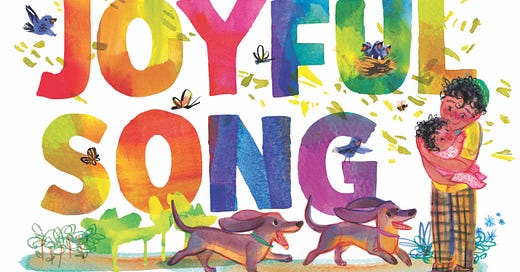


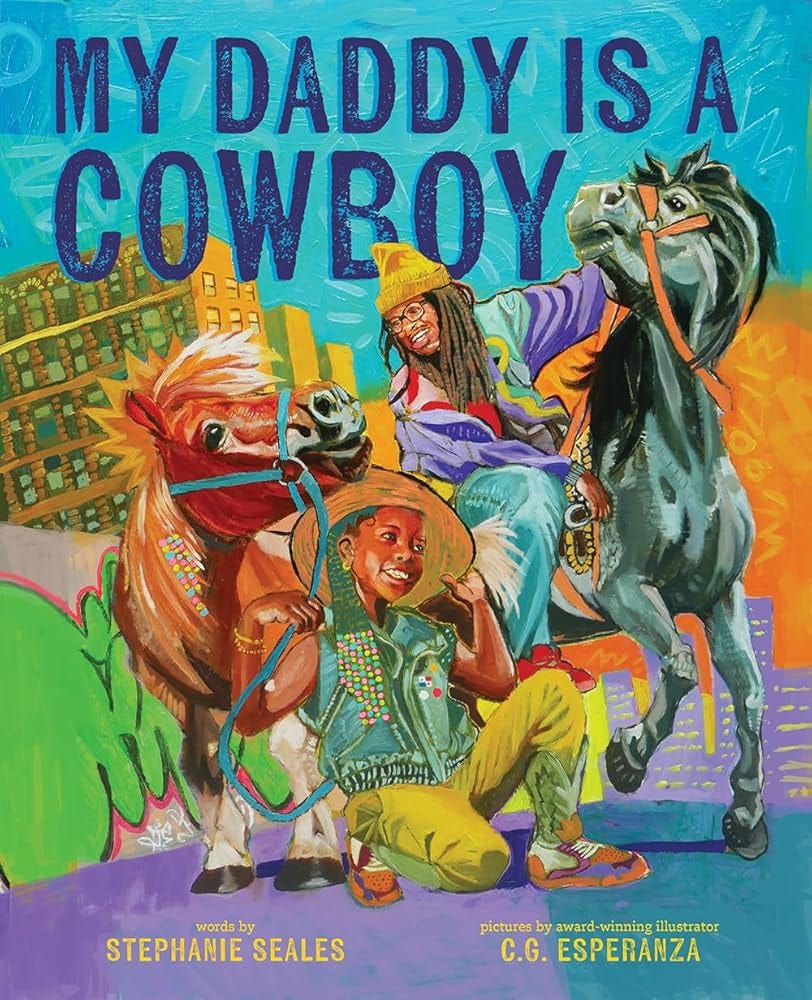
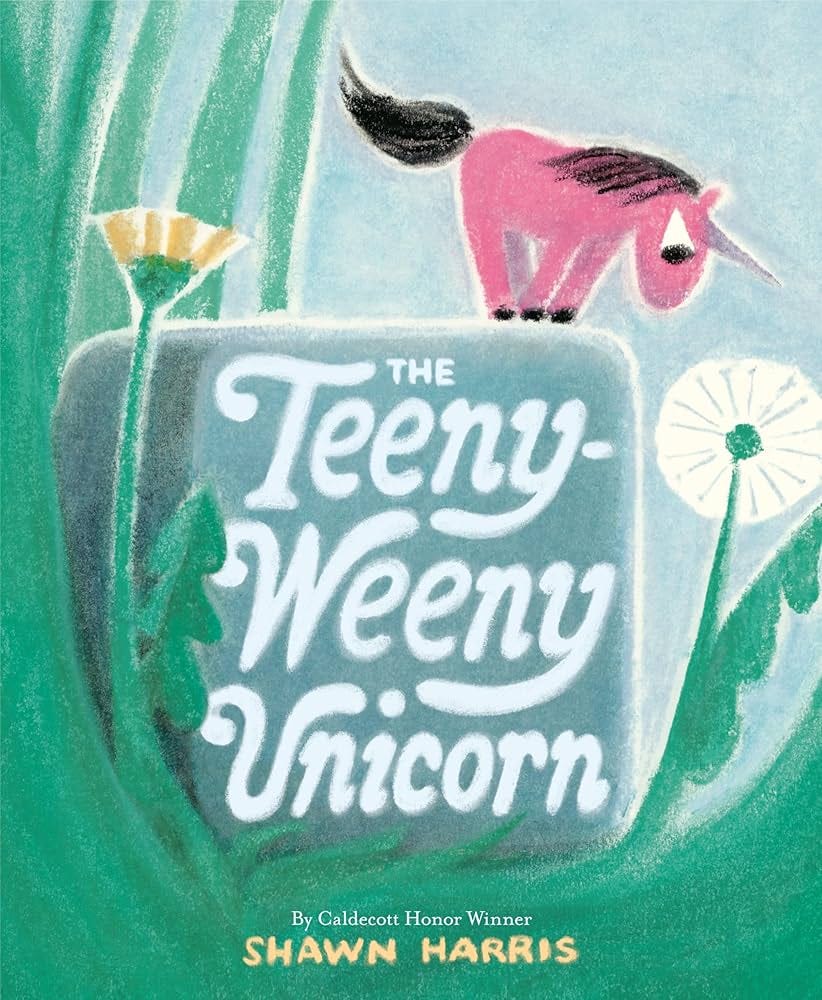
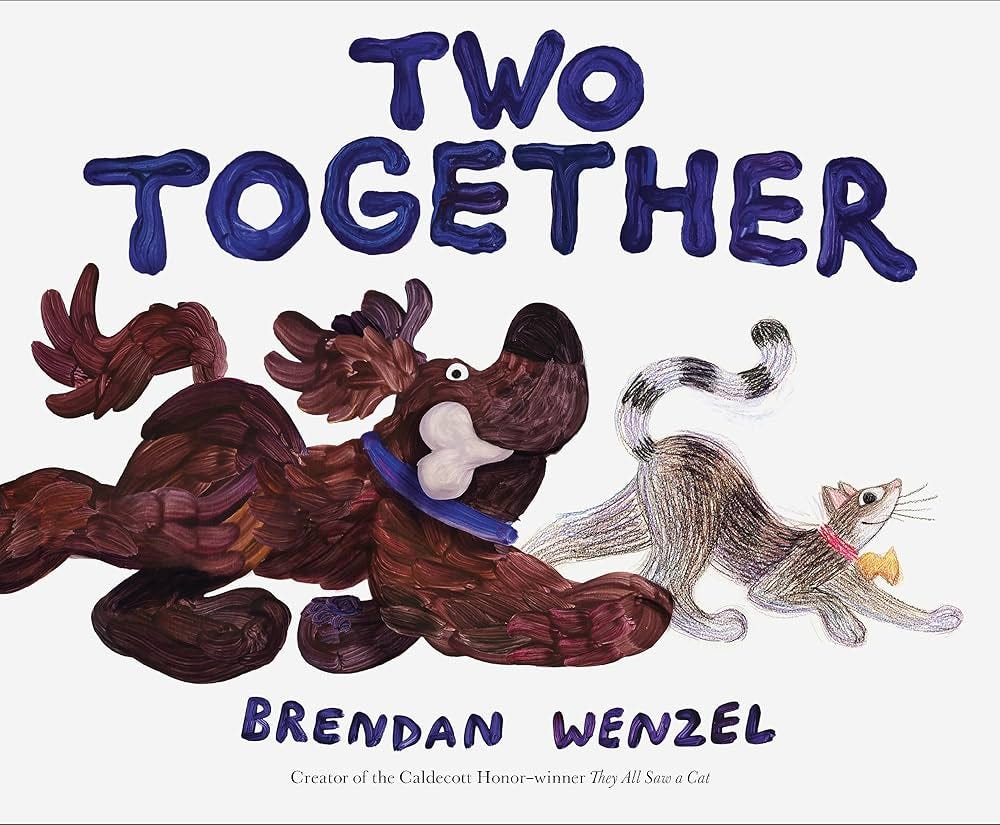
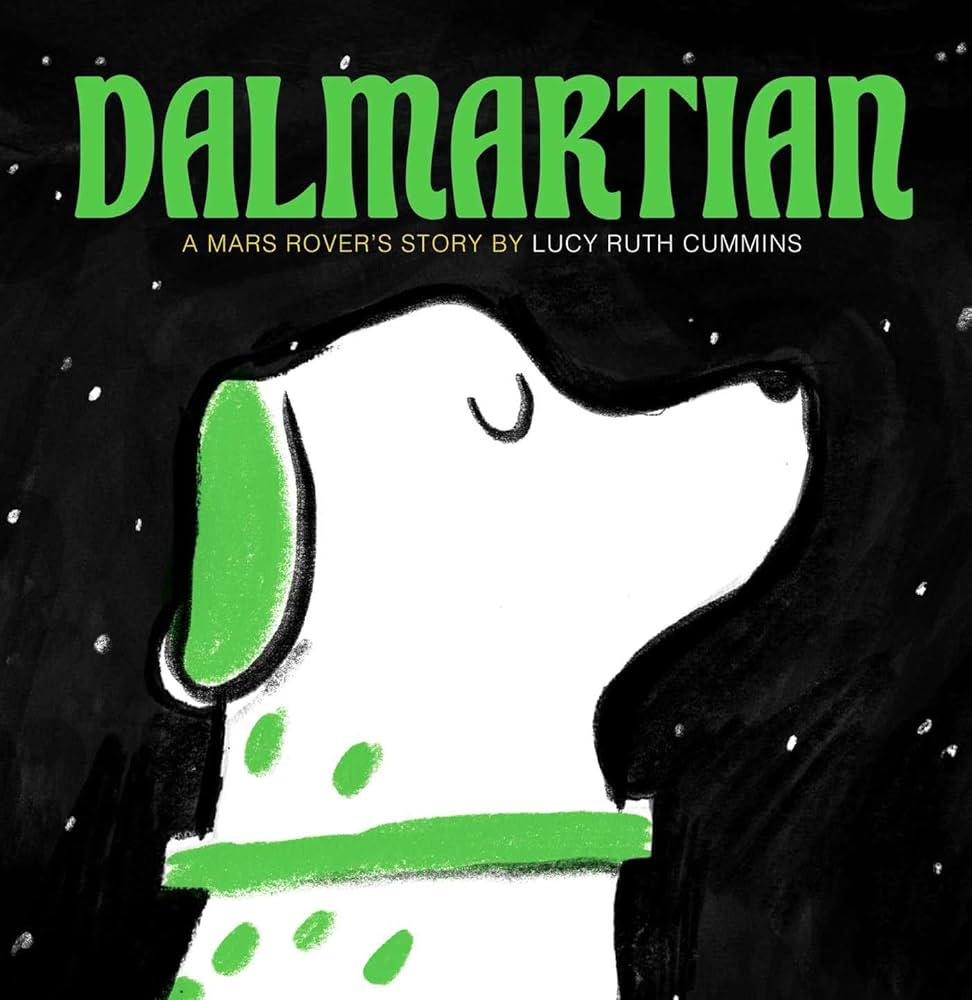

![Ursula Upside Down [Book] Ursula Upside Down [Book]](https://substackcdn.com/image/fetch/$s_!rMwo!,w_1456,c_limit,f_auto,q_auto:good,fl_progressive:steep/https%3A%2F%2Fsubstack-post-media.s3.amazonaws.com%2Fpublic%2Fimages%2F9f7b9b53-2480-467c-bbf7-55aebd2f4177_2060x2560.jpeg)

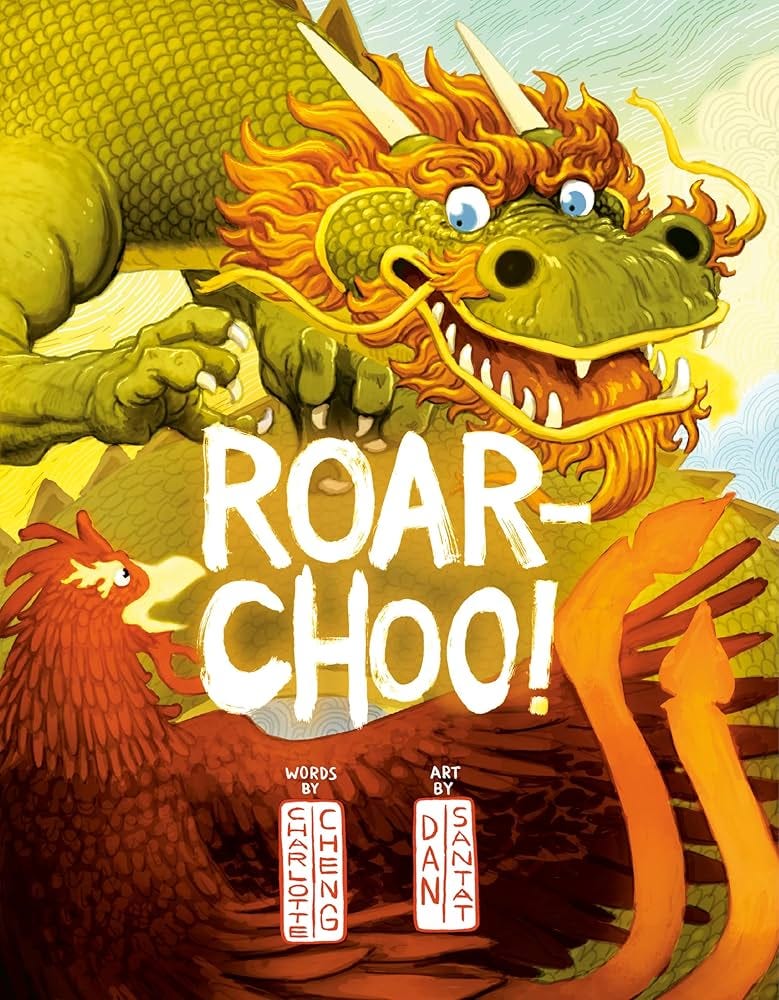
What a thoughtful and carefully crafted piece Katie!!! I was stunned by the Unicorn 🦄 and I really love the cover with Ursula!!! Though, I agree with you that they are all fantastic! I also found the texture (the dog’s fur at first, and the the cat’s fur) of “two together” super interesting and stylistic! I missed art gym (unfortunately) but hopefully I’ll catch up the replay soon.
Looking forward to it tomorrow!